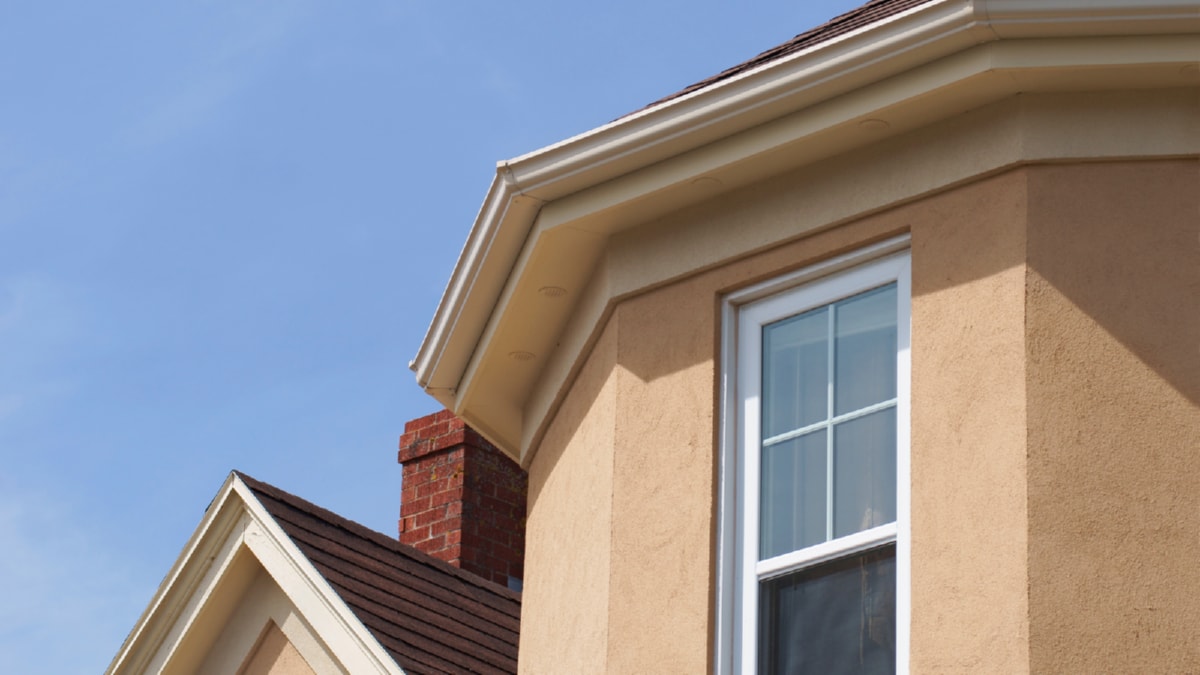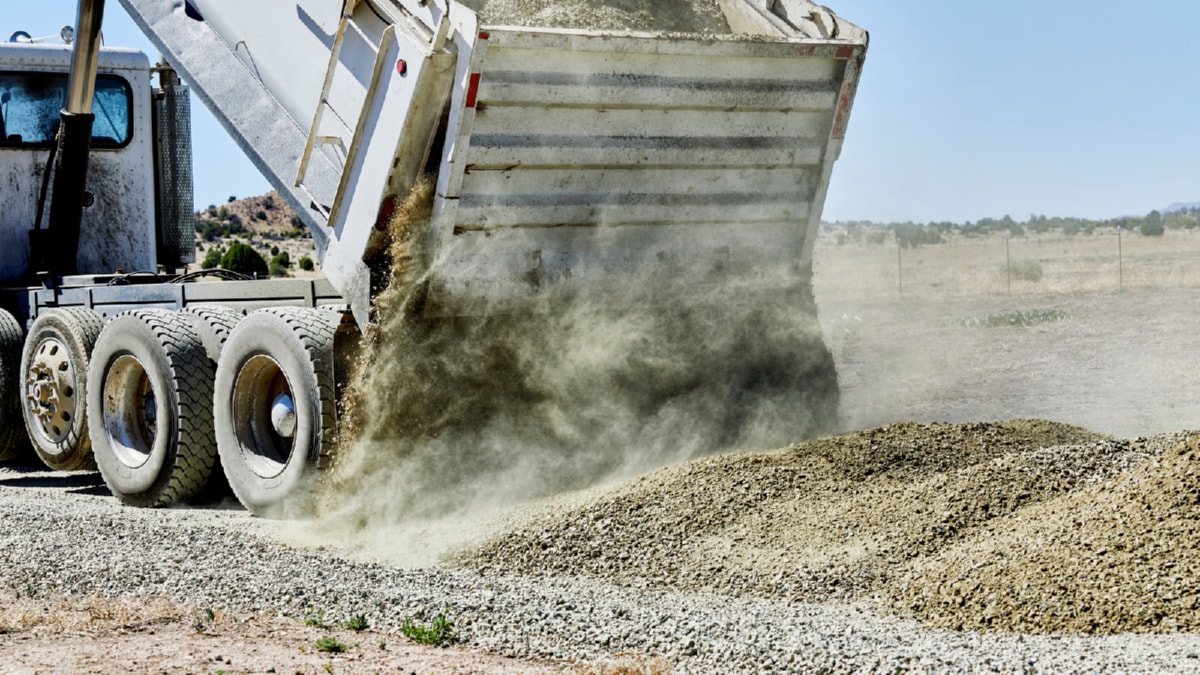Choosing the right building materials is crucial for any construction project. All materials have unique properties, and understanding these can make a big difference in the overall quality of your project. Here’s how to make the right choices.
Firstly, consider the use of the building. For a residential building, comfort and aesthetics might be top priorities. However, for an industrial building, strength and durability might take precedence.
Secondly, consider the weather conditions of the area. Some materials, like brick, perform well in warm weather, while others, like wood, are more suitable for cooler weather.
Lastly, consider the cost. While it’s important to choose materials of good quality, it’s also important to stay within your financial limits.
For anyone in the construction field, understanding the basics of construction safety is vital. Construction is a high-risk industry, and workers must know how to protect themselves and others.
Firstly, all workers should have adequate knowledge on the operation of tools and equipment. This can prevent accidents and injuries.
Secondly, personal protective equipment is a must. This includes helmets, gloves, and safety boots.
Lastly, all construction sites should have well-established safety procedures. These should cover emergency situations like fires or building collapses.
The construction industry is always changing, and staying on top of these trends can give you a competitive edge. In 2024, one key trend to watch is the rise of prefabricated construction. This method involves building components of a structure off-site, then transporting them to the site for assembly. This can save time and reduce waste, making it a smart choice for many projects.
Another trend to watch is the growing use of eco-friendly materials. As more people become aware of the impact of construction on the environment, there’s a growing demand for more sustainable building practices.
Innovative technologies are transforming the construction industry. One such technology is Building Information Modelling (BIM), which allows for better planning and design efficiency.
Another game-changing technology is drones. These can be used for site inspections and surveying, making the process faster and more accurate.
Sustainable construction comes with both benefits and challenges. On the positive side, it can lower energy costs and minimize environmental impact. However, it can also be more costly upfront, and finding sustainable materials can sometimes be a challenge. Despite this, it’s a trend that’s likely to continue growing in the coming years.
For more details, check best Insulation Solutions in Waterford or visit their Insulation Services Waterford business listing here.




